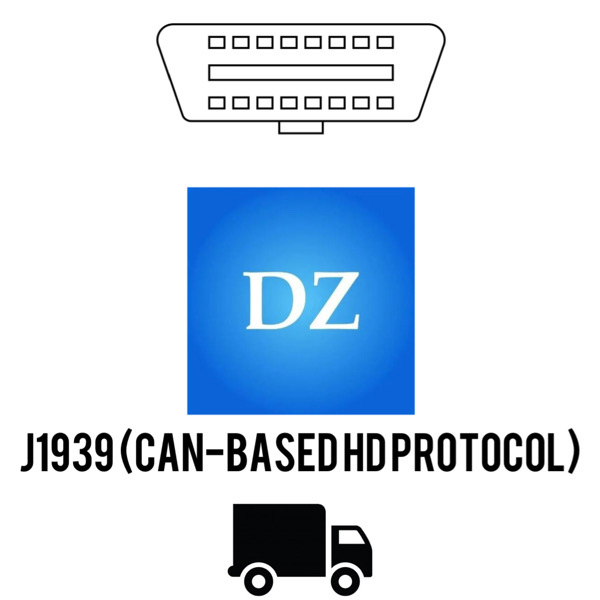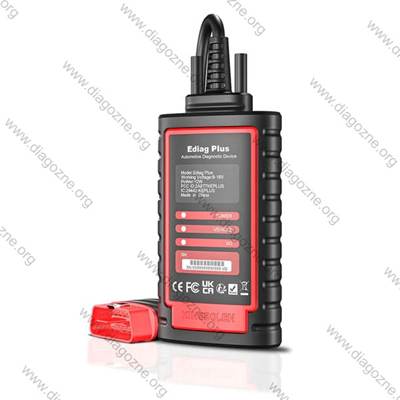J1939 (CAN-based HD Protocol): The Communication Standard for Heavy-Duty and Commercial Vehicles

SAE J1939 is a communication protocol based on CAN (Controller Area Network) technology, developed for heavy-duty and commercial vehicles including trucks, buses, construction machinery, and agricultural equipment. This standard enables fast, stable, and standardized communication between multiple Electronic Control Units (ECUs) in vehicles with numerous modules.
How J1939 Works
J1939 uses the CAN bus as the foundation for data transmission between ECU modules. Messages are transmitted using 29-bit identifiers, allowing for detailed addressing and the exchange of complex information.
The typical data rate is 250 kb/s, while newer versions can operate at 500 kb/s. This protocol enables communication between the engine, transmission, brakes, dashboard, and other key systems in heavy-duty vehicles.
Launch OBD-II adapters that support the protocol:
DBScar IV, DBScar V, DBScar VII
ThinkDiag devices that support the protocol:
ThinkDiag 2
Ediag devices that support the protocol:
Ediag Plus, Ediag Elite

Vehicle types and brands supported by the protocol:
Heavy-duty commercial and industrial diesel vehicles, including Volvo Trucks, Scania, MAN, Mercedes-Benz Trucks, Iveco, DAF, Freightliner, Peterbilt, Kenworth, Mack, Cummins, as well as buses and construction machinery.
The J1939 protocol is used for communication between control units (ECUs) in heavy-duty vehicles and is the industry standard in the HD (Heavy-Duty) sector.
Advantages of the J1939 Protocol
- Enables reliable communication between different control systems
- Standardized across the entire heavy-vehicle and machinery industry
- High resistance to electromagnetic interference and mechanical vibrations
- Supports real-time diagnostics, simplifying service and maintenance
- Ideal solution for fleets, trucks, buses, and industrial machinery
Disadvantages and Limitations
- Specific to heavy-duty vehicles; not applicable to passenger cars
- Limited data rate compared to newer CAN FD or Ethernet protocols
- Requires specialized diagnostic tools that support the J1939 standard
- Complex message structure can make analysis difficult without dedicated software
Use of the J1939 Protocol
J1939 is used for monitoring engine performance, system faults, telemetry, fuel management, and vehicle system diagnostics. Thanks to its reliability, this protocol has become the industry standard for communication in all types of heavy-duty commercial vehicles and machinery.
Conclusion
SAE J1939 is an indispensable protocol in the world of heavy-duty vehicles. Its stability, compatibility, and wide application make it the foundation for diagnostics, monitoring, and communication in modern transportation and industrial equipment.

